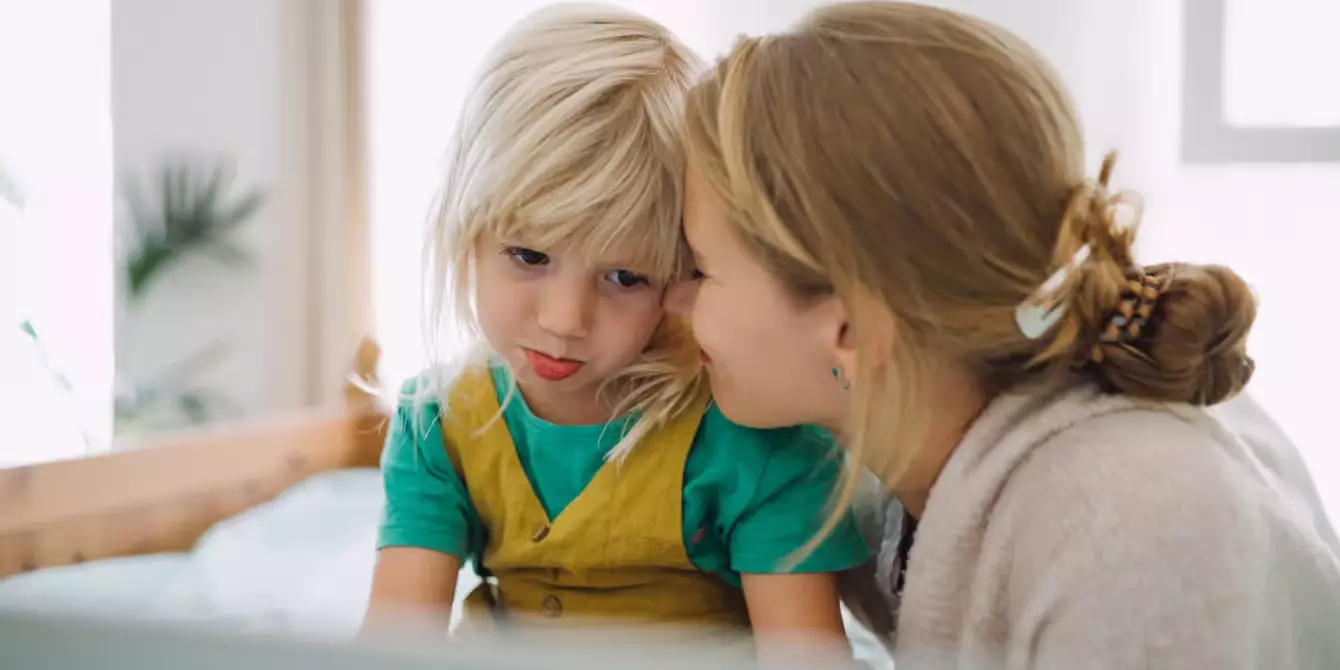Tantrums are an inevitable aspect of parenting, often manifesting as sudden and overwhelming emotional outbursts that can leave both children and parents feeling drained and helpless. For many parents, dealing with tantrums feels like navigating a rollercoaster ride with no end in sight. As a parent of young children, I can relate to the whirlwind of emotions that accompany these challenging moments. However, understanding the underlying causes of tantrums and adopting effective strategies can significantly alter the trajectory of this aspect of parenting.
Understanding the Roots of Tantrums
Recent insights from child development research show that tantrums are not merely acts of defiance or poor behavior, but rather a reflection of a child’s struggle with intense emotions. Children often lack the cognitive tools required to express their feelings adequately, which can lead to frustration and angry outbursts. Those who deal with toddlers know that in the heat of the moment, reasoning or verbal communication is unlikely to yield any results.
Instead of approaching tantrums as problems to be squashed down, it’s more beneficial to view them as opportunities for growth. Emotional intelligence is a crucial life skill, and the foundation for navigating strong emotions is laid much earlier than many parents realize. The Yale Center for Emotional Intelligence highlights five essential emotional skills that can empower children to better understand and manage their feelings. This journey towards emotional competence starts with building robust emotional literacy—a skill set that can be taught in a variety of engaging ways.
Timing is Everything: Learning Through Play
One of the most significant revelations for parents dealing with tantrums is that teaching emotional literacy during a meltdown is unproductive. Cognitive neuroscience tells us that children’s brains become overwhelmed during these emotional episodes, rendering them unable to absorb lessons or advice. Therefore, it’s crucial for parents to seize the calm moments when their children are relaxed and open to learning.
Play becomes an invaluable tool during these serene times. Engaging kids in playful learning techniques helps dismantle the emotional barriers that often accompany tantrums. Just as a musician tunes their instruments before a performance, parents can prepare their children for emotional confrontations by equipping them with the skills to express themselves and cope with strong feelings. The goal is to create a situation where learning happens effortlessly and without the pressure present during tantrums.
Creative Playful Strategies for Emotional Learning
There’s an array of fun and interactive methods that can be utilized to nurture children’s emotional skills while simultaneously strengthening family bonds. Some creative approaches include:
– Emotions Charades: Turn the act of identifying feelings into a game. Encourage your child to represent different emotions through their facial expressions and body language. While taking turns, have each participant guess the emotion being portrayed. This not only builds recognition but enhances empathy as well.
– Storytime Exploration: Integrate emotional discussions into your evening story rituals. Choose books where characters face various dilemmas and experience a range of emotions. Ask your child questions about their own feelings in relation to the storyline, encouraging them to make connections between their emotions and those of the characters.
– Food Moods: Utilize mealtime as an artistic outlet by crafting edible representations of emotions using fruits and vegetables. Engage your child in naming these “emotion creations,” creating a visual language for their feelings, making the concept of emotions enjoyable and relatable.
– Imaginative Role Play: Set up scenarios through dramatic play, allowing your child to embody different characters in everyday situations. For instance, simulating a grocery store can provide a fun perspective to discuss fictional customer interactions that reflect real emotions, reinforcing how to express feelings healthily.
– Calm-Down Essential Kit: Create a “calm-down bin” filled with various comforting items and strategies. Teach your child that during moments of frustration, they can engage with this bin to find activities that help restore their calm, transforming their approach to emotional regulation into a game.
The Parenting Voyage: From Challenge to Triumph
Navigating tantrums is part of the whimsical adventure of parenthood. By embedding emotional learning in playful contexts during calm moments, parents can equip their children with the skills necessary to tackle their feelings proactively. Such an approach turns the tumultuous temperament episode into a learning experience, setting the stage for nurturing emotionally fluent individuals who are prepared for the complexities of social interactions throughout their lives.
The journey may be rugged, but through intentional guidance and creative engagement, we can transform the chaos of tantrums into the building blocks of emotional intelligence. Embrace the fun in learning, and watch as your little ones bloom into emotionally aware, resilient individuals.

